The currently-accepted definition of a “market correction” is a price drop of 10% from its peak. There have now been five corrections to the S&P 500 stock index since the bear market of 2009 (seven if you count the 9.8% and 9.9% drops). Here’s a nice visual timeline from the NY Times.
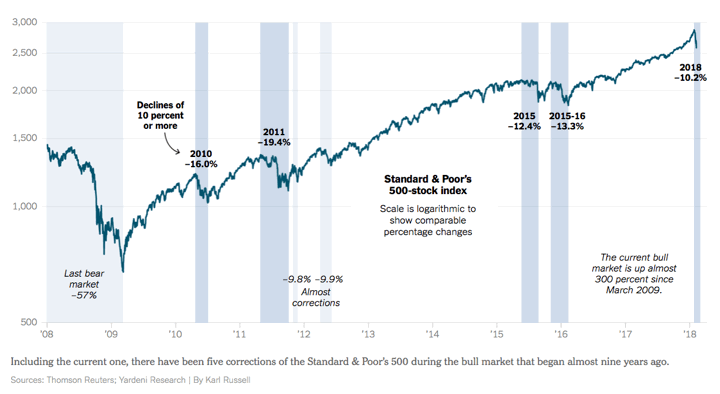
Here’s a corresponding list of all the cited reasons from Bloomberg for the corrections and near-corrections.
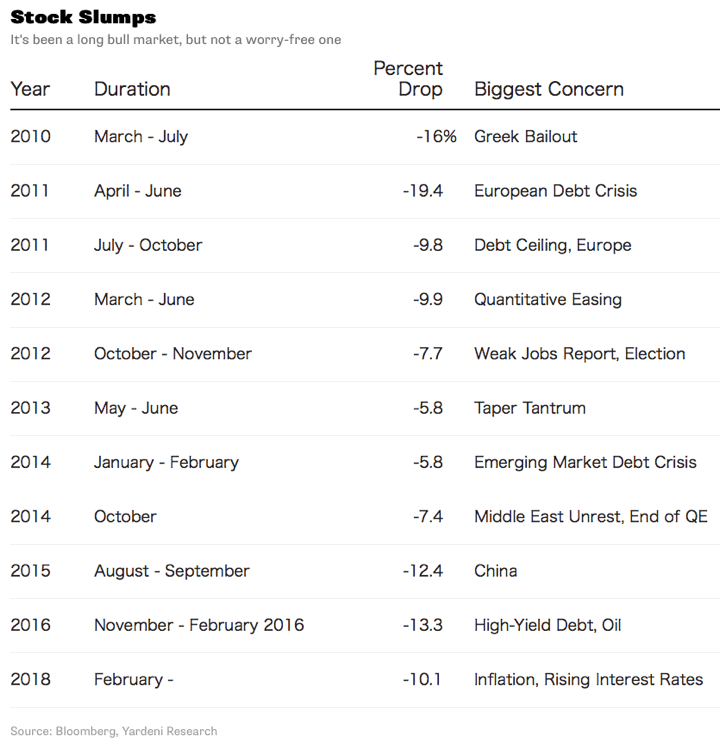
If you look at all of those concerns, they all seemed pretty legitimate and scary at the time. The general idea of these articles is that corrections happen regularly, so don’t freak out. Of course, I could also repeat another one of those investing truisms: “A bear market is coming. I’m not saying it’s now… but you know, there will be another bear market in the future.”
This is another item in my big folder of things that are “interesting but not going to change my investment plan”. My plan remains still to buy, hold, rebalance, and keep collecting those dividends and interest payments. David Merkel has a nice summary of how to create a portfolio that allows this hands-off attitude:
[…] my final point is this: size your position in risk assets to the level where you can live with it under bad conditions, and be happy with it under good conditions.
 If you’re somewhere cold and dreaming of sunny Hawaiian beaches, I just got this e-mail from Hilton Grand Vacations for a
If you’re somewhere cold and dreaming of sunny Hawaiian beaches, I just got this e-mail from Hilton Grand Vacations for a 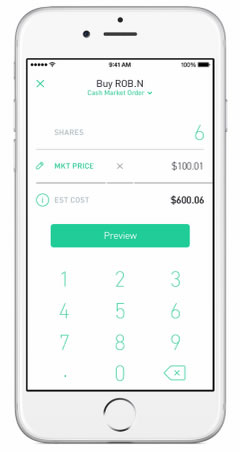
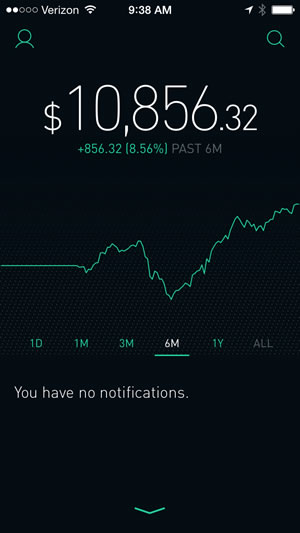
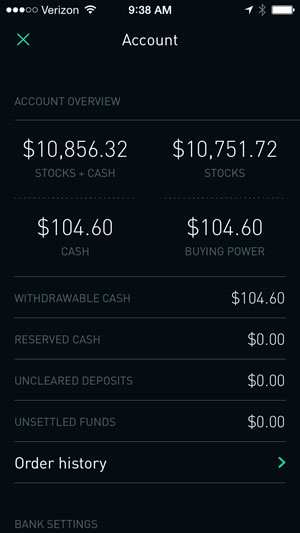
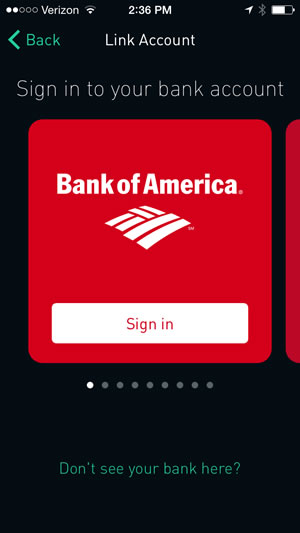
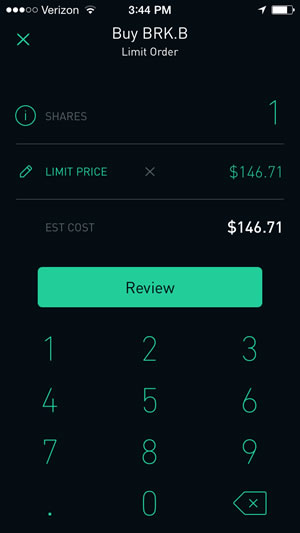
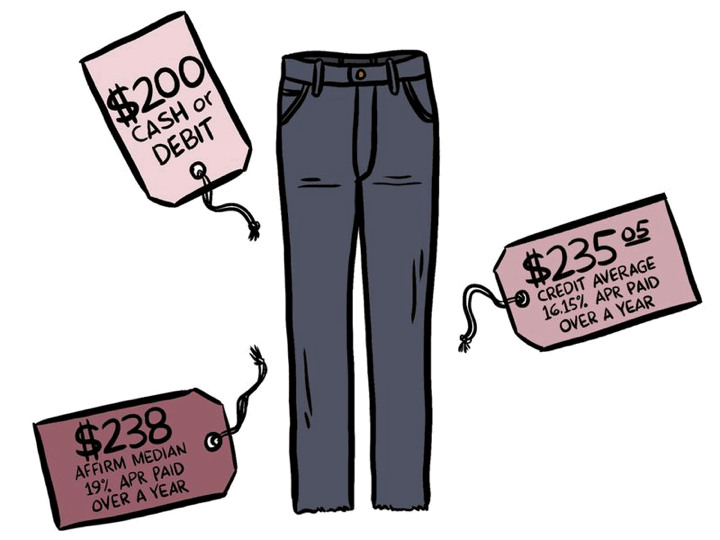
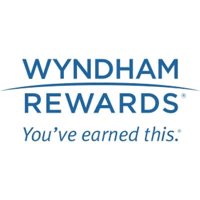 Wyndham Hotels has a new Stay Twice, Get a Free Night promotion. Wyndham Hotels is an interesting chain of hotels that includes Days Inn, Travelodge, Super 8, Howard Johnson, Ramada, Dolce, Wingate, and Wyndham Grand hotels. If you register here first as a Wyndham Rewards member, book by 6/30/18, and make two stays by 7/1/18, they will give you an additional bonus of 15,000 Wyndham Rewards points (on top of the points you’d otherwise earn).
Wyndham Hotels has a new Stay Twice, Get a Free Night promotion. Wyndham Hotels is an interesting chain of hotels that includes Days Inn, Travelodge, Super 8, Howard Johnson, Ramada, Dolce, Wingate, and Wyndham Grand hotels. If you register here first as a Wyndham Rewards member, book by 6/30/18, and make two stays by 7/1/18, they will give you an additional bonus of 15,000 Wyndham Rewards points (on top of the points you’d otherwise earn). 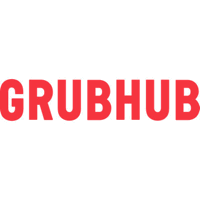
 The New York Times has a free
The New York Times has a free 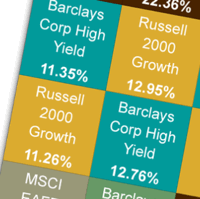 We’ve all been told that past performance is no guarantee of future returns, but it’s still hard to buy an investment that has been performing poorly. We should remember the historical power of diversification and that even though something may look horrible now, good news may be just around the corner. We also need to remember that whatever is hot today won’t stay that way forever.
We’ve all been told that past performance is no guarantee of future returns, but it’s still hard to buy an investment that has been performing poorly. We should remember the historical power of diversification and that even though something may look horrible now, good news may be just around the corner. We also need to remember that whatever is hot today won’t stay that way forever.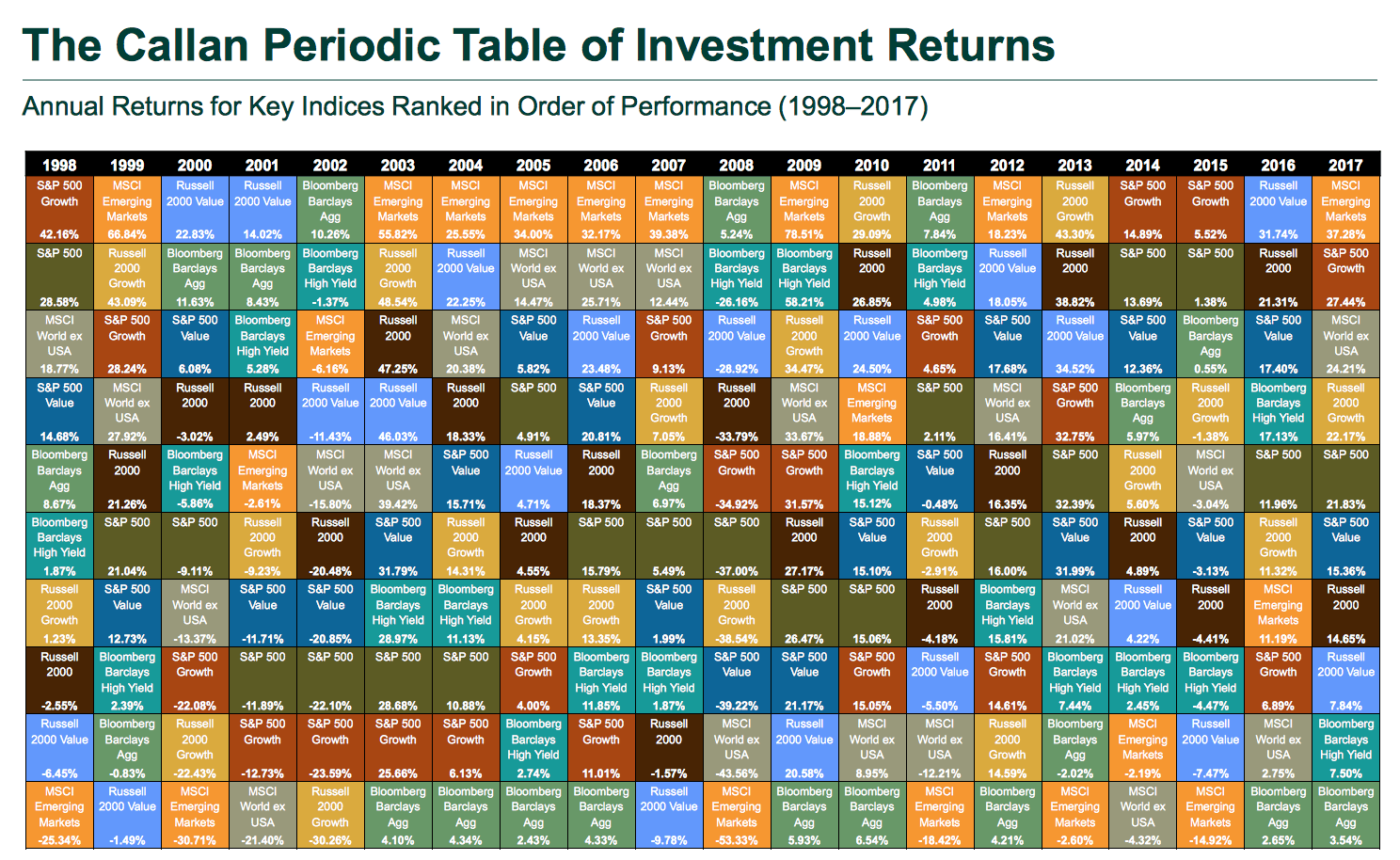

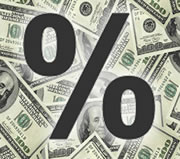
 With the ongoing bull stock market, more people are reaching
With the ongoing bull stock market, more people are reaching 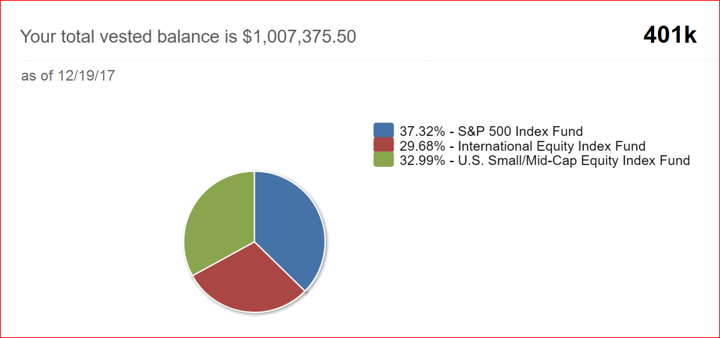
 The Best Credit Card Bonus Offers – March 2024
The Best Credit Card Bonus Offers – March 2024 Big List of Free Stocks from Brokerage Apps
Big List of Free Stocks from Brokerage Apps Best Interest Rates on Cash - March 2024
Best Interest Rates on Cash - March 2024 Free Credit Scores x 3 + Free Credit Monitoring
Free Credit Scores x 3 + Free Credit Monitoring Best No Fee 0% APR Balance Transfer Offers
Best No Fee 0% APR Balance Transfer Offers Little-Known Cellular Data Plans That Can Save Big Money
Little-Known Cellular Data Plans That Can Save Big Money How To Haggle Your Cable or Direct TV Bill
How To Haggle Your Cable or Direct TV Bill Big List of Free Consumer Data Reports (Credit, Rent, Work)
Big List of Free Consumer Data Reports (Credit, Rent, Work)